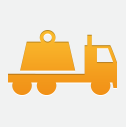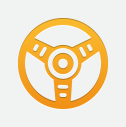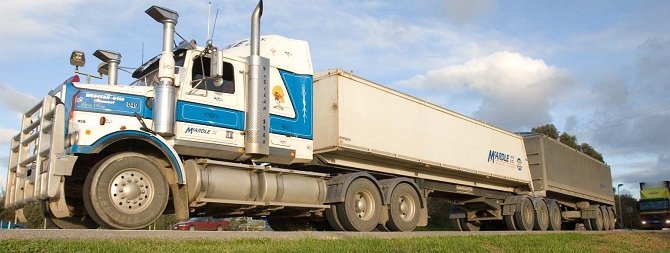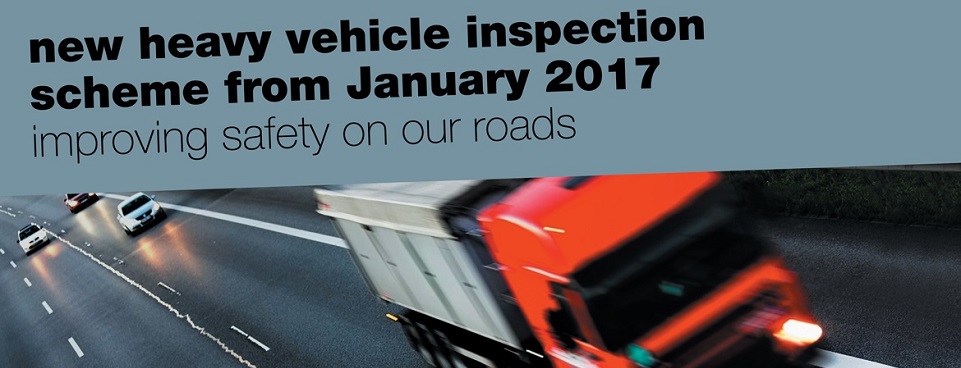My motor bike licence
Safe riding tips

In South Australia, only 3% of registered vehicles are motor bikes. Yet, motor bikes account for around 14% of road fatalities.
As a motor bike rider, you need to:
- be highly skilled
- be extremely aware
- know your machine's capabilities and limitations
- ride within your capabilities and the capabilities of other road users around you.
How many of these safer riding skills do you have?
Look for other road users who are not looking for you
- Always expect the unexpected and be prepared to stop.
- Scan traffic for other motorists.
- Observe indicators, brake lights and cars running red/amber lights.
- Never assume all is safe.
Be wary at intersections
- Approach intersections with caution.
- Slow down and be prepared to stop, even if you have the right of way.
Ride to be seen
- Avoid travelling in a motorist's blind spot.
- Position yourself where you can be easily seen.
- Observe and anticipate drivers' actions.
- Never assume you have been seen.
- Wear visible clothing and ride with your lights on.
Heads up!
Recommended equipment:
- Wear strong, brightly coloured material that cover your arms and legs.
- Leather gloves offer good protection for hands.
- Enclosed, sturdy footwear protects feet. You should never ride in sandals, thongs or bare feet..
Give cars plenty of space
- Keep a 3-second gap between you and the vehicle in front.
- If you are being tailgated, allow a 4-second gap with the vehicle behind you.
- Keeping a safe distance will allow you to safely act to avoid disaster.
Change lanes carefully
- Do a head check.
- Check your mirrors when changing lanes or merging.
- Indicate before changing lanes.
Ride at a safe speed
- Speed limits are set at the highest speed you can travel. But it's vital to adjust your speed to suit the conditions.
No riding if you have been drinking
- Alcohol affects your ability to be a safe rider.
- Riding requires you to have:
- 100% concentration
- high-level observation skills
- the ability to react quickly.
Regularly check your bike before riding, especially brakes and tyres
- Tyres should have ample tread and correct pressure.
- Brakes should work well and have correct fluid in the master cylinder.
- Brake lights and all other lights should be working.
- It is a good idea to have your bike serviced regularly to make sure it is roadworthy, safe and reliable.
- Watch a video about motor bike anti-lock braking systems.
Make sure pillion passengers know how to ride safely
- The presence of a pillion passenger doubles the risk of fatality.
- Make sure that your pillion passenger knows the correct techniques for pillion riding.
- All riders should wear appropriate protective clothing and a helmet.
Do not lend your motor bike to unlicensed or inexperienced riders
- Any person who borrows your bike should be licensed, experienced and responsible.
Dress for safety and comfort
- Helmets must meet the approved standard and must not be damaged. It's a good idea to replace them regularly.
- Gloves, jacket and boots designed for riding are essential for safety and comfort.





























